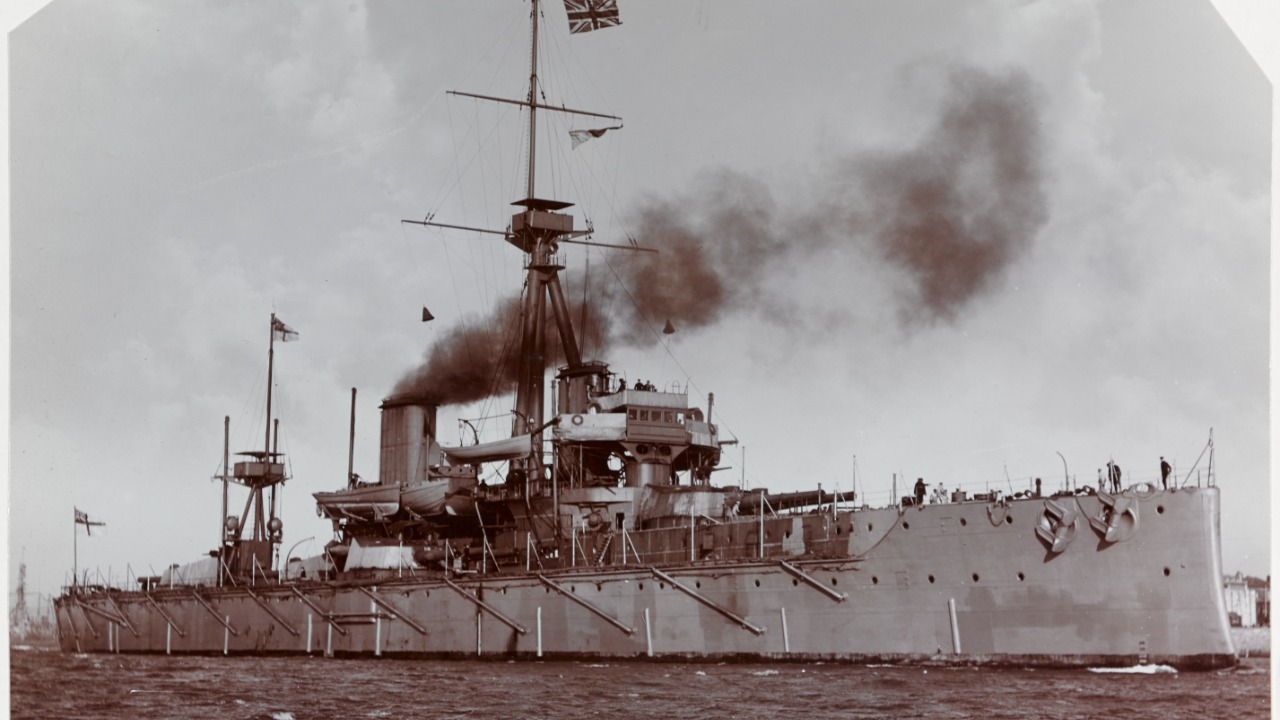
In today’s naval warfare landscape, stealth technology is no longer just an advantage; it’s a necessity. The ability to remain undetected is crucial for the success of modern missions. Here, I explore six navy ships that are at the forefront of stealth technology, each with unique features that set them apart in the maritime domain.
USS Zumwalt (DDG-1000)
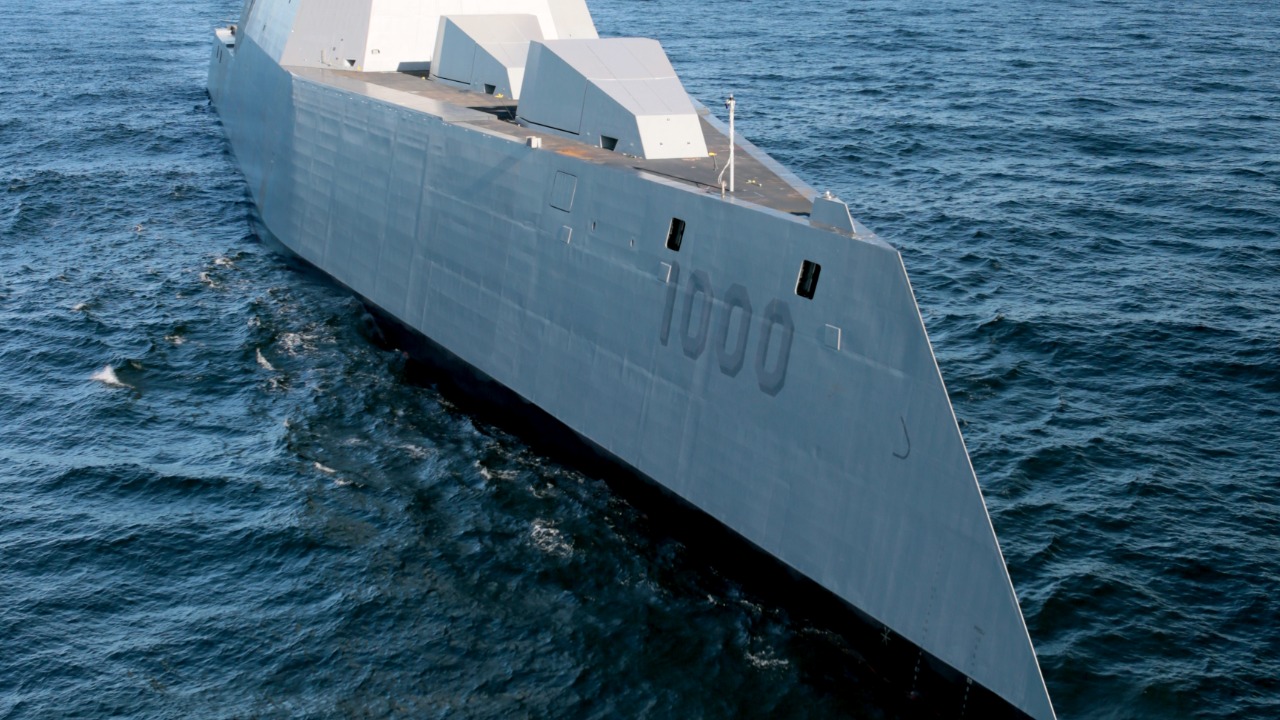
The USS Zumwalt is a technological marvel in the U.S. Navy’s arsenal. Launched in 2013, this destroyer features an angular design that makes it appear significantly smaller on radar, akin to a fishing boat. Its advanced power system, capable of generating 78 megawatts of electricity, supports its cutting-edge weapons and sensor systems.
The ship’s stealth capabilities are further enhanced by its composite deckhouse, which houses radar and other electronics. This design minimizes radar reflections and electromagnetic emissions, making the Zumwalt one of the most elusive ships in naval history.
HMS Dreadnought (D26)

The HMS Dreadnought is set to be a groundbreaking addition to the UK’s Royal Navy. This nuclear-powered submarine, part of the Dreadnought-class, incorporates sophisticated stealth technologies that reduce its acoustic signature, making it extremely difficult to detect underwater. Its sonar systems are among the most advanced in the world, allowing it to track enemy vessels without being tracked itself.
Expected to enter service in the early 2030s, the Dreadnought will feature an innovative propulsion system that ensures silent operation. The ship’s design also incorporates low observable technologies to minimize its detection by adversaries.
Type 055 Destroyer
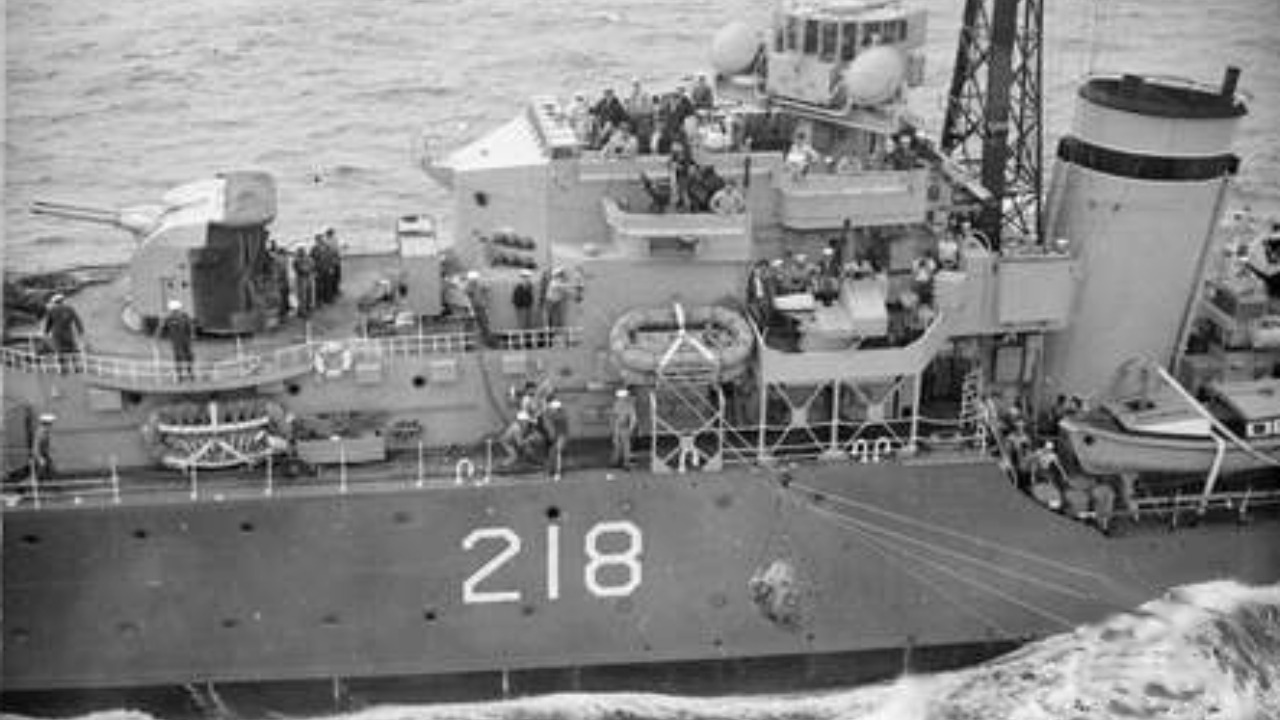
China’s Type 055 Destroyer is a testament to the nation’s burgeoning naval capabilities. Known for its sleek design and advanced radar systems, this ship is engineered for stealth and efficiency. The Type 055’s integrated mast and reduced radar cross-section present challenges for enemy forces attempting to detect and engage.
Equipped with modern sensors and weaponry, the Type 055 is designed for multi-role missions, including anti-aircraft, anti-surface, and anti-submarine warfare. Its stealth features have been widely discussed, making it a topic of interest in the international defense community.
La Fayette-class Frigate
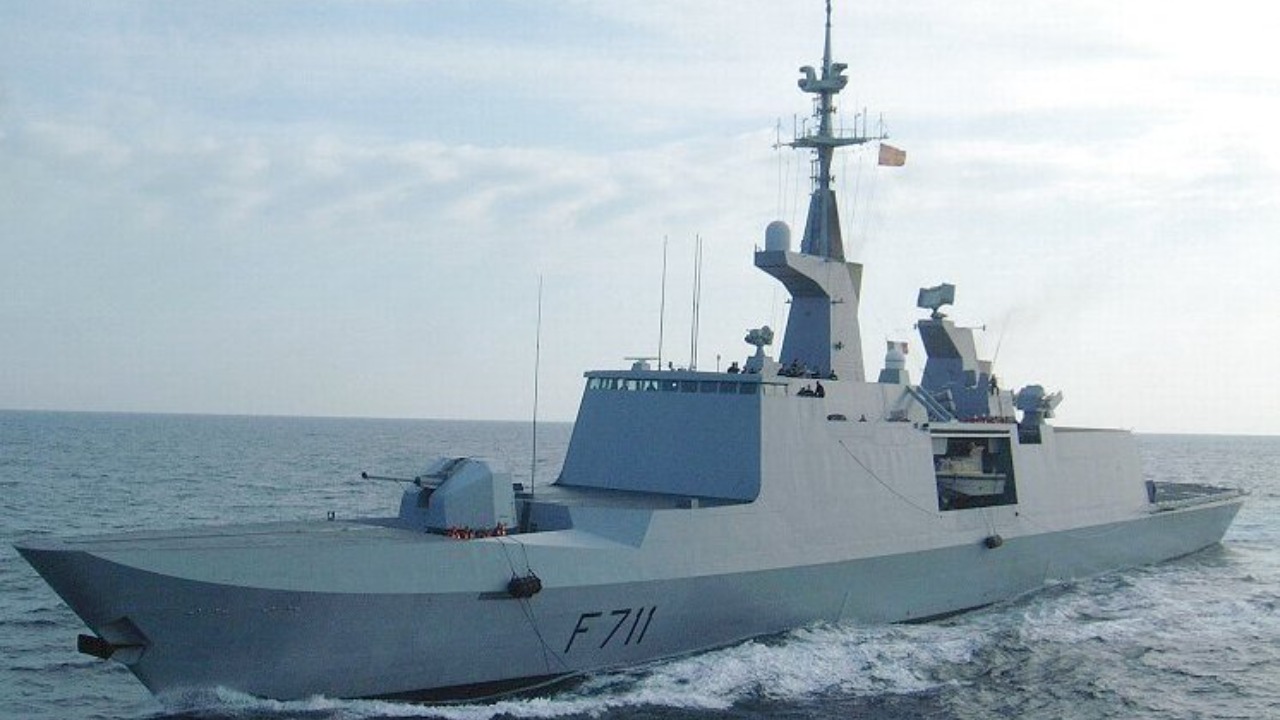
The French Navy’s La Fayette-class Frigate is renowned for its stealth capabilities and versatility. Introduced in the 1990s, these frigates were among the first to incorporate radar-absorbing materials and a stealthy superstructure, significantly reducing their radar signature.
These ships are designed for a range of missions, from maritime patrols to anti-submarine warfare, and have been exported to several countries. Their enduring design continues to influence naval architecture around the world.
Admiral Gorshkov-class Frigate

The Russian Navy’s Admiral Gorshkov-class Frigate is a modern multi-purpose vessel with enhanced stealth features. This class of frigate employs composite materials and a streamlined hull design to minimize radar reflections. Its electronic warfare systems are designed to deceive enemy radars and missiles.
The ship’s versatility is evident in its ability to perform a wide range of missions, from anti-aircraft and anti-submarine warfare to long-range strike operations. The integration of stealth technology makes it a formidable presence on the high seas.
Visby-class Corvette
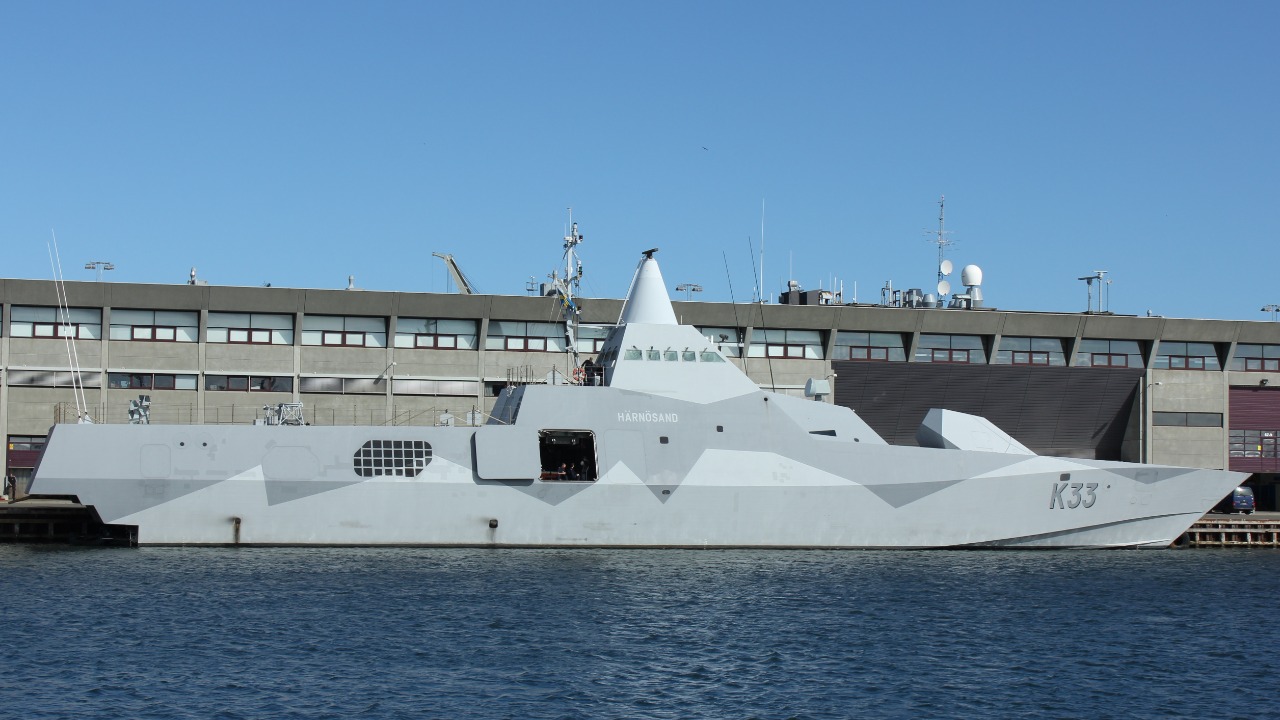
Sweden’s Visby-class Corvette is a prime example of advanced stealth design. These corvettes are built with a carbon-fiber-reinforced plastic hull, reducing weight and radar signature. The angular surfaces further contribute to their invisibility to radar detection.
Designed for littoral operations, the Visby-class is equipped with a range of sophisticated sensors and weapons systems. Its ability to operate in shallow waters while remaining undetected makes it a vital asset for coastal defense and reconnaissance missions.